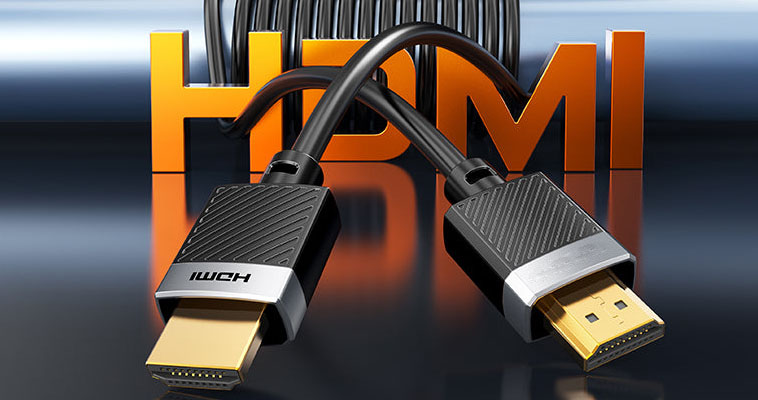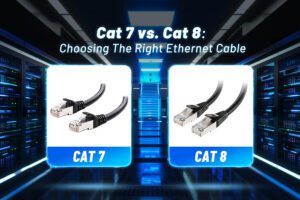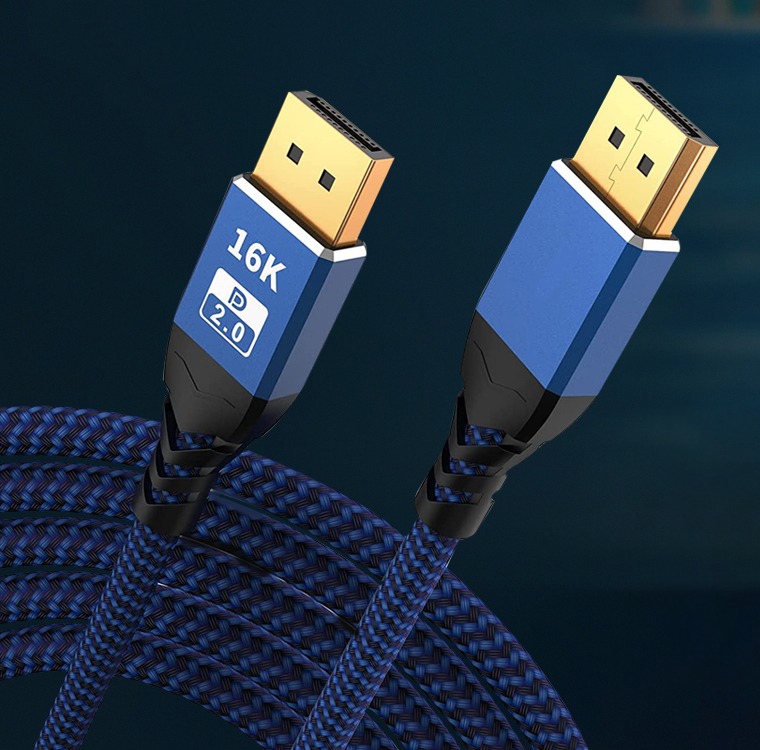In the world of professional video production, high-quality equipment is essential for delivering flawless content. One often overlooked but critical component is the HDMI cable. While it may seem like a simple accessory, the quality of HDMI cables can make a significant impact on video and audio performance. Here are the key benefits of using high-quality HDMI cables in professional video production:
Superior Video Quality
High-quality HDMI cables support high-definition resolutions like 4K and 8K with no signal degradation. This ensures that every detail, color, and contrast is faithfully transmitted from your camera, computer, or other devices to your display or recording equipment. For video production, precision in color accuracy and detail is critical, and premium HDMI cables ensure no pixel loss.
Enhanced Audio Performance
For professional video production, top-notch audio is just as important as video. High-quality HDMI cables support high-fidelity audio formats such as Dolby TrueHD and DTS-HD Master Audio. This allows for crystal-clear sound quality, making the production process more immersive and ensuring the final content sounds as good as it looks.
Increased Bandwidth
Professional video production often requires high-bandwidth data transfer to handle large amounts of data from high-definition video feeds, particularly when working with 4K or 8K video. High-quality HDMI cables, especially those rated for HDMI 2.0 or 2.1, can handle the increased bandwidth, providing a stable and uninterrupted signal that is essential for smooth editing and live broadcasts.
Reduced Signal Interference
Premium HDMI cables often feature advanced shielding and high-quality connectors that minimize electromagnetic interference (EMI) and radio frequency interference (RFI). This helps prevent visual artifacts like flickering, distortion, and color banding, which can significantly impact the quality of your production. For critical applications like live events or high-stakes shoots, a clean, interference-free signal is essential.
Reliability and Durability
In professional environments, where equipment is constantly in use and moved around, durability is important. High-quality HDMI cables are built to withstand frequent plugging and unplugging, physical wear, and harsh environments. The robust construction ensures a longer lifespan, reducing the risk of cable failure during crucial moments of production.
Better Compatibility with Newer Technologies
As video production continues to evolve, newer technologies like HDR (High Dynamic Range), higher frame rates (120Hz, 240Hz), and advanced color spaces (BT.2020) are becoming increasingly common. High-quality HDMI cables are designed to support these cutting-edge technologies, ensuring your equipment remains compatible with the latest standards and future-proofs your setup.
Reduced Latency
Latency, or signal delay, can be a serious issue in live broadcasting or high-precision video production. High-quality HDMI cables minimize latency, providing a fast and reliable signal transfer between devices. This is crucial for applications like live streaming, gaming, and interactive video production where real-time synchronization is needed.
Support for Multi-Channel Audio and Video Signals
High-quality HDMI cables can handle multi-channel signals, making them ideal for advanced production setups, including multi-camera shoots, video editing workstations, and high-end sound systems. They ensure that multiple audio and video signals can be transmitted simultaneously without compromising quality.
Easy Integration into Complex Setups
In professional video production, setups can become complex with multiple devices and monitors. High-quality HDMI cables support daisy-chaining and long-distance signal transmission, allowing for easier integration into complex environments without sacrificing signal quality. This is particularly useful in multi-monitor editing stations or studio setups with several pieces of equipment.
Longer Cable Lengths without Signal Loss
When working on large productions, HDMI cables may need to cover long distances. High-quality cables are designed to handle longer runs without signal degradation. For example, with active HDMI cables or fiber-optic HDMI cables, you can maintain a clean signal even over 50 feet or more, making them ideal for larger sets or remote video production.
Conclusion
For professional video production, investing in high-quality HDMI cables is essential for achieving the best possible results. They ensure superior video and audio quality, offer enhanced durability and reliability, and support the latest technologies needed in modern production environments. Whether you’re editing 4K video, managing complex live productions, or working with the latest HDR content, a high-quality HDMI cable is a small but crucial investment that can make a big difference in your workflow and final output.









